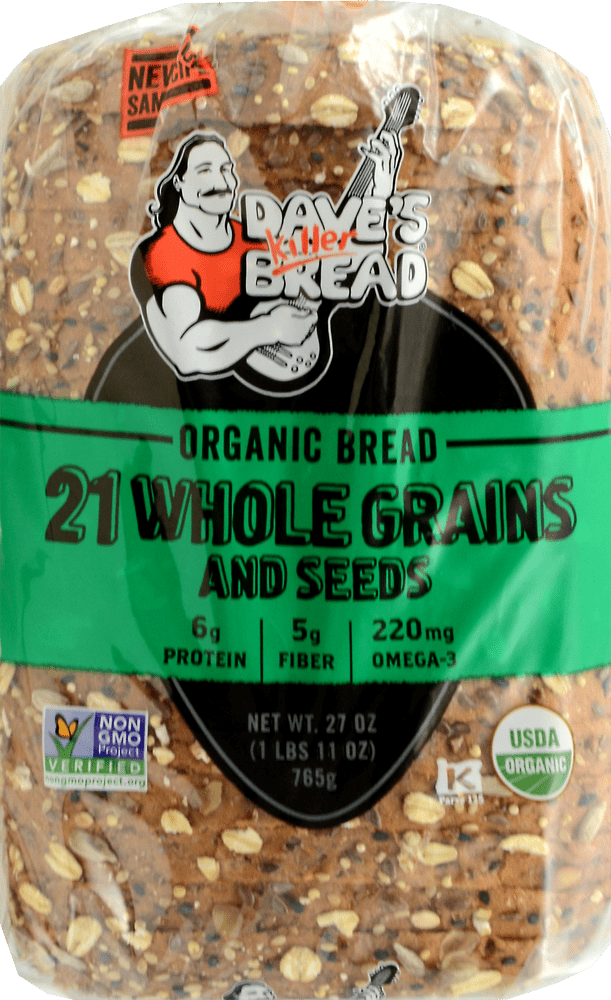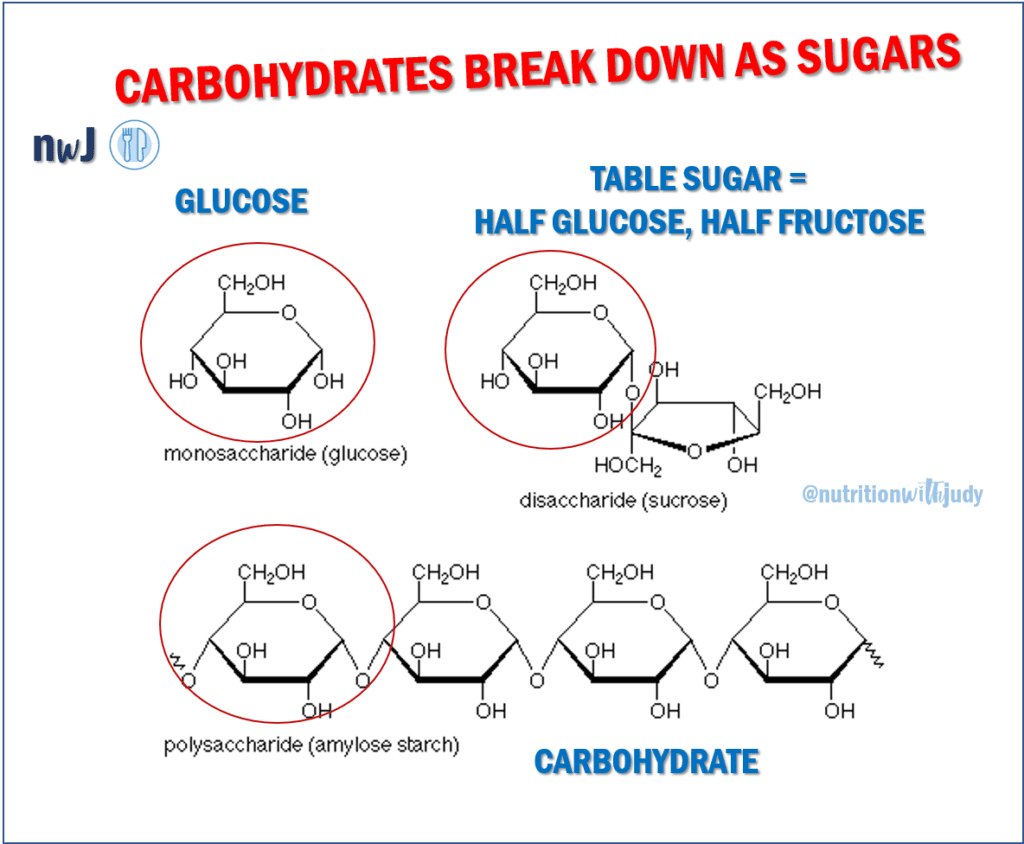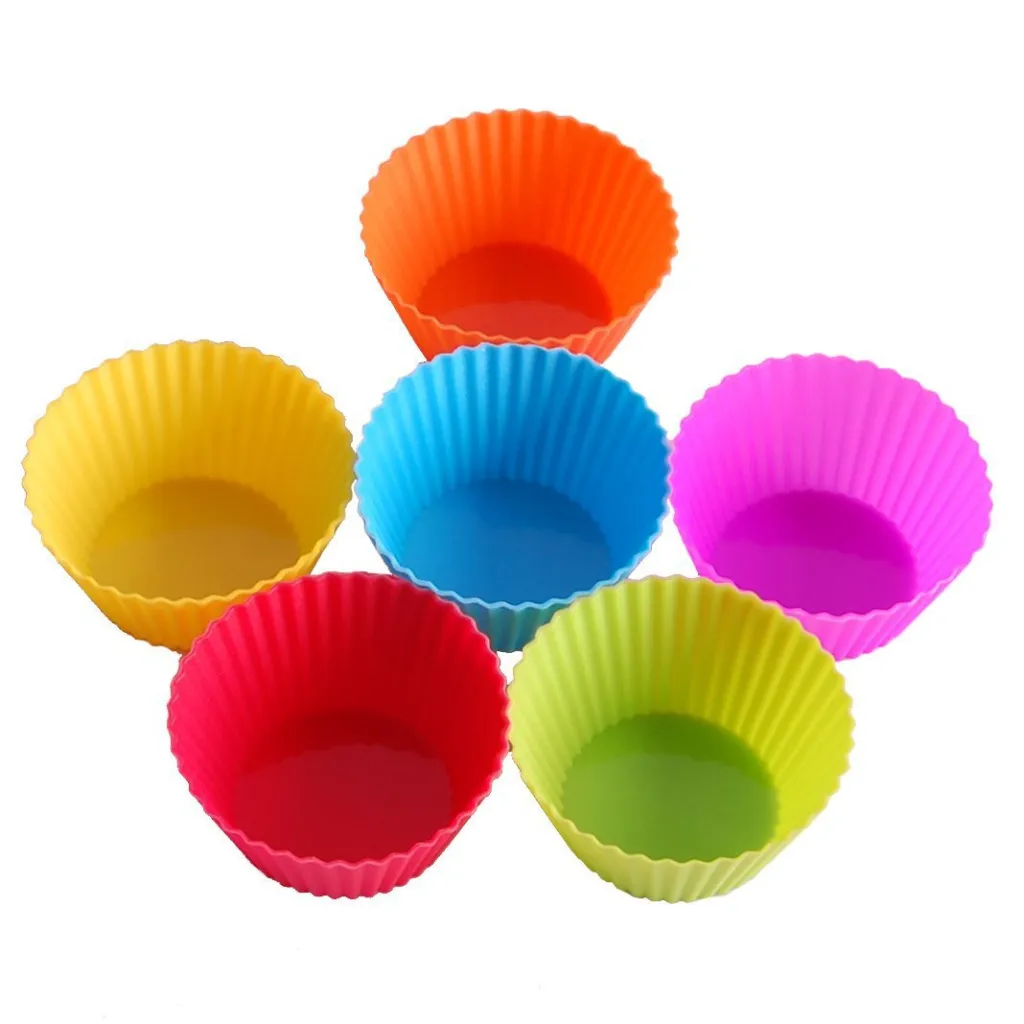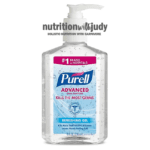

What to Pack Your Child for Lunch: Nutrient-Dense School Lunchbox Ideas


It’s that time of year again. Our favorite time of the year, where the weather gets a little cooler (not really), school’s back in session and we get to pack school lunches E V E R Y single day.
Let’s talk about school lunches. What do you pack in your kids’ lunches? Do you set a weekly meal plan? Do you give leftovers? Do you give different foods daily? Do you give your child only what they like, what you know they’ll eat?
It’s no easy feat feeding children. One day they seem to like chicken nuggets and the next week they don’t. I know many of us try to make quick, convenient lunches because the last thing we have time for is to sack lunches but I cannot stress how important proper nutrition is for our growing children.
How do you ensure your kids’ meals are nutrient-dense? In this post, I hope to share the kind of foods to feed our children and some basic lunchbox tips.
1. Feed Quality Fats. Limit Vegetable/Seed Oils
If you’ve signed up to get my free nutrient dense mini ebook, I talk about how by age 5, a child’s brain is 90% developed.
And although a brain weighs about 3 pounds, it has over 25% of the cholesterol of the total body. Meaning, the brain is 60% fat. The brain needs good fats to thrive. Good, quality fats are also needed for the outer membrane of every single cell in your body. There are many other reasons we need quality good fats. You can download the ebook as it talks about the specifics.
I’ve included a page out of the ebook here.
2. Skip the Low-Fat, Non-Fat Options
We are told by our pediatricians to swap to low-fat options.
Why?
The government is concerned about the rise of childhood obesity.
What is the government’s action plan?
They set a mandate for pediatricians (depending on child’s weight) to tell parents after the age of 1 or 2, to switch all whole milks and dairy products to low-fat. The thought is that low-fat will equate to low-fat in the body.
This is FAR from the truth.
We need fat for hormone productions. Do you want happy or more stable-mood kids? You need them to eat good, healthy fats. Some of these good, healthy fats are listed below but are more detailed in the free ebook.
When you remove fat in food, you strip foods of flavor and satiety.
What do the food companies do to resolve this problem?
They add much more sugar for flavor.
Also, when you strip fat from foods like milk, you also strip nutrients like fat-soluble vitamins, A, D and K.
The non-fat, low-fat milks all are fortified with synthetic vitamins. Well, so are pasteurized whole milks but there is nothing great about low-fat foods.
It Is Sugar that Causes Us to Get Fat.
It gives us quick bursts of energy and the hormone insulin causes us to store excess sugar as fat. Instead of us accessing our energy stores, our bodies store fat and craves sugar for quick bursts of energy. It is this vicious cycle of sugar/insulin and over time, we get fat and sick. Sick with Type II Diabetes and other metabolic diseases. This is what leads to childhood obesity and non-alcoholic fatty liver disease. Not full-fat foods.
3. Pass on Nuts and Legumes
I’ve already introduced anti-nutrients in a previous post but nuts and legumes have the most anti-nutrients compared to most other foods. From a plant perspective, the nut/seed is what continues the plant breed. The nut is technically a fruit that has an inedible hard shell and a seed. In our modern diet, we usually refer to dried seeds as nuts.
Plants need the seeds to be impenetrable. Maybe this is why apple seeds and other seeds are known to have levels of poison (cyanide) and why apple seeds are not recommended for consumption. What makes almond and cashew nuts, as well as pumpkin and sunflower seeds any different?
Up to last school year, I fed my boys a lot of cashews. Cashews, unfortunately, have a lot of oxalates. I’ve already talked about the different forms of anti-nutrients but oxalates gone bad can cause kidney stones.
Don’t believe me?
Ask anyone that has had kidney stones. I’m sure they are familiar with a low-oxalate diet.
Yes, anti-nutrients are real and oxalates are one form of anti-nutrients.
Oxalates also are enzyme inhibitors and can prevent proper digestion and cause gut problems and protein deficiencies. They also bind to minerals such as calcium and iron and prevent them from being absorbed.
When I think about all those times my kids had nuts with meats and cheese, I’m afraid a lot of the iron and calcium were bound by the oxalates and weren’t even absorbed by their little bodies.
Nuts also have lectins and phytates. These anti-nutrients also bind to minerals.
In fact, the hard lectins in legumes are pretty much impervious to soaking, sprouting and cooking.
Skip the legumes.
We haven’t even touched on protein digestibility but legumes are touted for their protein content but there’s such a thing called DIAAS and PDCAAS. PDCAAS or “Protein Digestibility Corrected Amino Acid Score” has been the recommended measure of protein quality by the World Health Organization since 1989. These scores basically give scores on how much our body can digest and absorb proteins or amino acids in foods.
On a scale of 0 – 1, Beef and Eggs are at 1.0.
Tofu? 0.52
Peanuts? 0.434
What does this mean?
If you eat beef and eggs, the protein is digested and absorbable 100% by our bodies.
Peanuts? If you have good health and good digestion, you may, at best, digest only 43% of the protein.
Macadamia Nuts
One option is macadamia nuts as they have lower phytates and lower oxalates than other nuts. They also have better omega ratios and more PUFAs than other nuts. If you believe in the good of fiber, macadamia nuts also have fiber and almost no protein. It is one of the better nuts with pretty good fats.
4. Pass on Any Sliced Bread Sandwiches, Especially PB & J Sandwiches
If you’ve signed up to get my nutrient dense mini ebook, I also talk about how two slices of whole wheat bread will raise sugar higher and quicker than 6 teaspoons of sugar.
Now add any strawberry jam and 1 tbsp is about 14 grams of sugar. To burn off that many calories from sugar, our children would have to run for 6 minutes continuously at a moderate pace.
How many toddlers or young kids do you know that can run for 6 minutes, continuously?
Standard peanut butter has 2 tbsp which have about 8 grams of sugars.
A standard PB&J Sandwich can have anywhere from 30 grams to 75 grams of sugar. Those small PB&J Uncrustables have 28 grams of sugar. Many kids have 2 or more of those sandwiches in one meal.
Yikes.
Dave’s killer organic breads?


It has a whopping 22 grams of carbs per serving. It says sugar is 5g, but complex carbs break down in your body the same.
Don’t believe me?
See the graphic below. Highlighted similarities in red.


Oh, and one serving is only one slice of bread. There are 44 grams of carbs just for 2 slices of bread and to add insult to injury, this particular bread is loaded with anti-nutrients with all the seeds and nuts on the bread.
5. Limit Carbs – The Sugar Rollercoaster
So what’s the big deal with carbs, right? Our kids are young, they will burn it off, right? We ate these carby-foods growing and we are just fine, right?
Let me briefly explain our blood sugar. The human body contains about 5 liters of blood at any given time. The body’s blood sugar range is carefully controlled around 80 mg/dl in the blood, mathematically this works out to about 4 grams of sugar in the blood, which is less than a teaspoon of sugar!
Someone that is pre-diabetic has glucose levels around 100 mg/dl. The 100 mg/dl amounts to about 1 teaspoon. For someone to be diagnosed as diabetic, their fasting blood sugar is over 120 mg/dl. For this person, the amount of sugar in her body is about 1 ¼ teaspoons.
This tells us that the amount of sugar is very carefully regulated.
The difference between being healthy and being diagnosed as diabetic is a quarter of a teaspoon of sugar.
If you question my math, you can watch this YouTube video, where I breakdown the math for you.
Getting back to PB&J sandwiches, which has about 60 grams of carbs, that’s 15 times the amount of sugar your child’s blood can handle at any given time.
Then we usually pair PB&J sandwiches with some juice, chips, fruits and even carrots. All high carb foods. It is way too much sugar for your kid’s body and for our bodies.
Imagine what your child’s body is doing after consuming so much sugar.
I’m not saying we can only eat foods with 4 grams of carbs or sugar at any given time but when we constantly consume sugar and never allow the digestive system to rest, THIS is when chronically high levels of blood sugar can cause metabolic disease. Constant consumption of carbs and sugar put anyone’s body into emergency mode.
Our body now has to prioritize shoveling away the sugar before we get sick. Our bodies prioritize life or death matters and will focus on clearing the sugar from the blood. Our bodies will use up B-vitamins and other essential nutrients to produce insulin to clear the sugar and the fructose from the liver.
It is no wonder why we are getting more and more seasonal allergies. Our gut is being torn apart from processed, high sugary foods with inflammatory seed oils and then when go outside, our bodies just can’t handle the external toxins.
The result?
We get season allergies. We begin to sneeze.
Eat nutrient dense foods. Heal your inside, I bet your seasonal allergies will lessen.
In terms of peanuts, as peanuts are technically a legume, it has so many anti-nutrients and it grows in a way where mold toxicity on peanuts are unavoidable. In fact, the government has levels of mold that is considered permissible on peanuts.
If only anti-nutrients bind to glucose and fructose. Instead, it binds to all the good minerals and blocks enzymes—chemical reactions we need in our bodies to function properly.
Let’s Stop the PB&J.
It is not a health food for our kids, It’s actually harmful. Maybe one of the worst foods you can give your kid because it has seed oils, it has legumes, it has grains and high sugar content. And it has fructose.
6. Limit Fructose
Fructose is another form of sugar that is in sugar (half glucose/half fructose), high fructose corn syrup and all fruits. I can’t get into it here but you can read more in my nutrient dense ebook but although glucose can be absorbed and used by the whole body, fructose can only be absorbed by the liver and then sent out from there. But when we keep consuming processed snacks with fructose and high fructose corn syrup, and juices, it then makes fruits harmful to the body. It becomes another fructose load on the liver.
Is it really no wonder that an average 5 lb. organ is inundated and eventually gets non-alcoholic fatty liver disease?
Imagine what impact this all has on a growing body.
7. Feed Real Whole Foods, Such as Eggs and Meats
I went into a lot of detail about the benefits of eggs in this post. There are also several egg recipes in the post.
I also talk about the benefits of meat and why I focus on meat in this post.
Uncured deli meats as roll-ups with cheese, hardboiled eggs, and no sugar added bacon are all great options. You can also make coconut flour (skip the almond flour because of the anti-nutrients) chicken nuggets or coconut flour muffins.
If you make coconut flour muffins with grass-fed butter and organic pasture-raised eggs, you are feeding your kid some very nutrient-dense muffins.
Best of all, your child won’t even know the difference.
8. Stick to Berries
In general, I try to stick to organic strawberries, as they have the least amount of sugar (lowest glycemic index) and have the least amount of anti-nutrients. Sometimes, I offer my kids organic apples with skin-on (to have fiber block some of the fructose from being absorbed) with some macadamia nut butter.
9. Make Compartment Lunches
Since I can’t guarantee my kids will eat their lunch, I like to offer variety. They usually have 3-5 different foods in their lunches so they can decide what and how much to eat.
You can use silicone cupcake holders to compartmentalize or buy those compartmented metal lunchboxes.

10. Skip the Juice, Pasteurized Milks and Other Packaged Pouches
The truth is that our children’s stomachs are pretty small. When they consume liquids and fruit/veggie pouches, it fills their satiety pretty quickly. Offer them water with their meals. It’s better on the digestive system with water.
I don’t recommend juices or fruit/veggie pouches but if you want to feed them these as treats, have them away from their meals or as the dessert to their nutrient-dense meal.
Lunchbox Ideas and Grocery List
As part of my ebook, you can also get my handy lunchbox ideas and grocery list.
But as a general rule of thumb, shop the perimeters of the market and if it’s real, whole foods, it’s probably more nutrient-dense than foods that come in a package or box.
As I wrote in a post before, you have 20,000 meals to feed your kids before they’re off to college. Although all are very important, the first several thousand are absolutely critical. Let’s make these meals as nutrient-dense as we can.
Clean up your child’s diet. Feed them nutrient-dense foods. I trust that you will see a difference in their health and behavior.




Dove
July 26, 2020 at 9:16 amDear Judy, thank you for an amazing blog I’m keeping making notes of your recomended products and so glad that I’ve found your blog. Could you please tell me if there is big difference between steaming and boiling some of the vegetables, for example you’re recomendations are to steam cauliflower and to boil Brussel sprouts? Many thanks
Nutrition with Judy
September 4, 2020 at 1:23 amThank you!! Depending on the food, the antinutrients are better removed with boiling vs steaming. To be safe, boiling is the best to remove antinutrients from cruciferous veggies, like cauliflower and brussel sprouts. Just make sure to dump out the water!